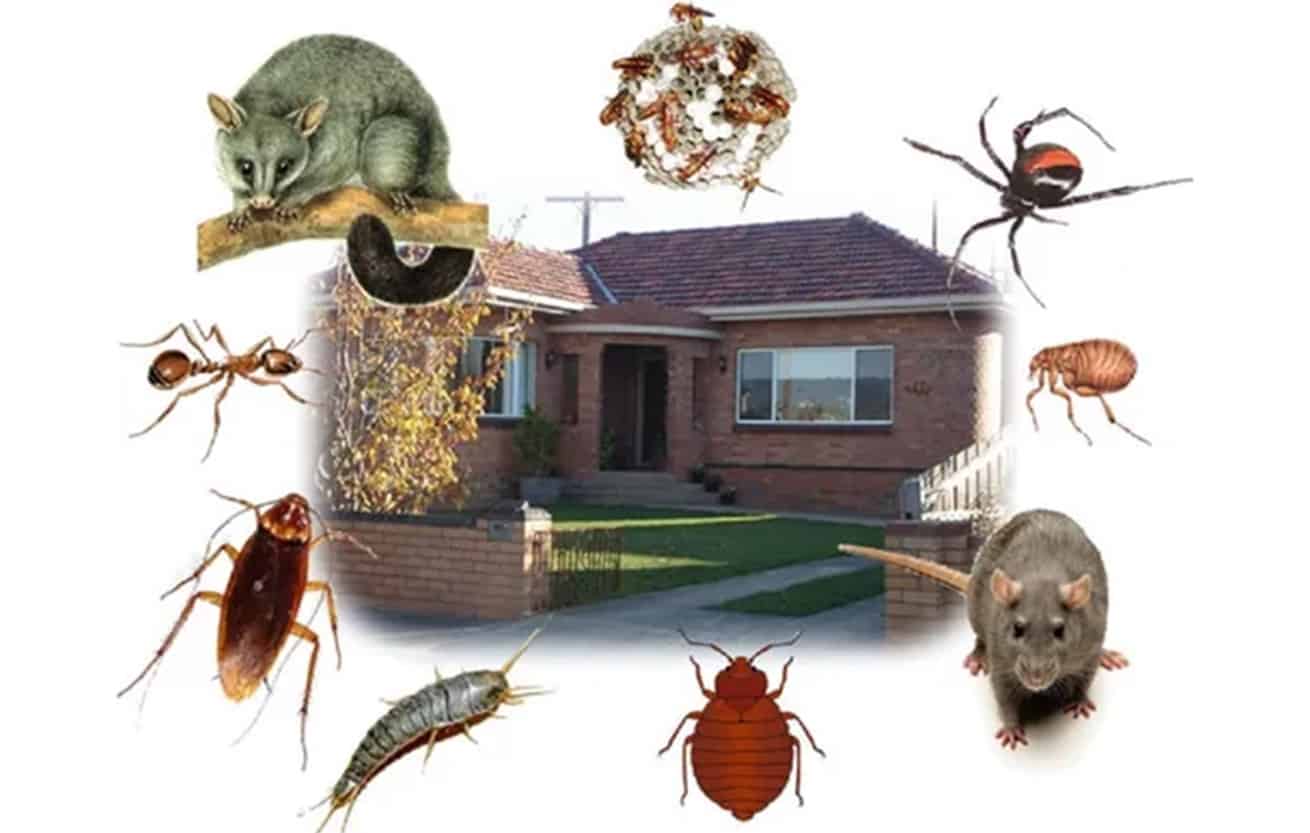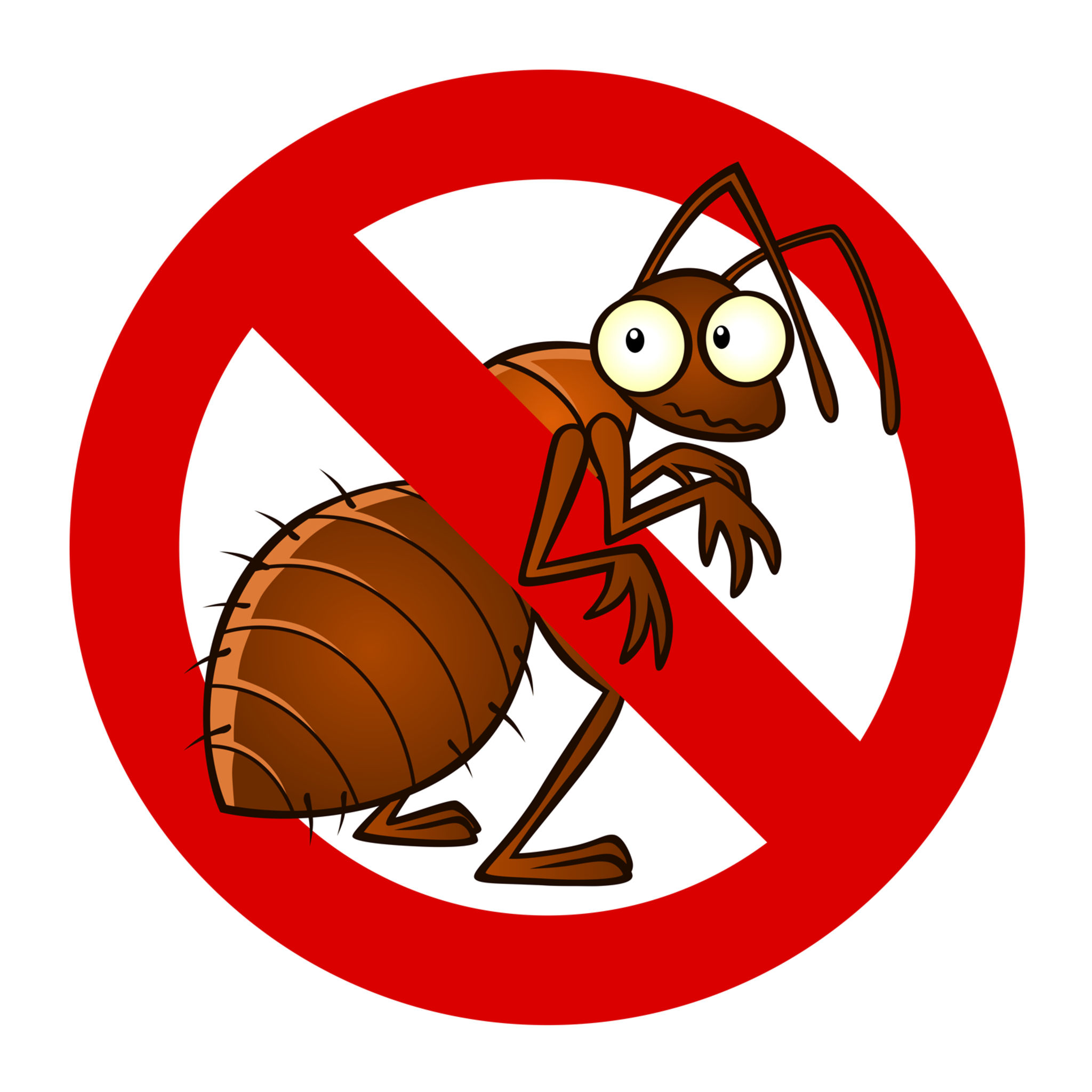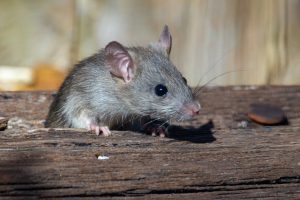
Sydney, Australia, boasts a rich diversity of native plant species that have evolved alongside local wildlife over millennia. Safe pest control Sydney offers not only aesthetic beauty but also numerous ecological benefits, including natural pest control. By strategically incorporating native plants into urban and suburban landscapes, Sydney can harness their pest-repelling properties to create healthier and more sustainable environments.
Utilizing Native Plants for Natural Pest Control
Selection of Pest-Repelling Native Plants:
Identify native plant species known for their pest-repelling properties or ability to attract beneficial insects that prey on pests. Examples include:
- Lemon-scented gum (Corymbia citriodora): Repels mosquitoes with its strong lemon fragrance.
- Wormwood (Artemisia spp.): Deters moths, flies, and fleas with its aromatic foliage.
- Native mint (Mentha spp.): Repels ants and other insects with its strong scent.
- Swan plants (Gomphocarpus spp.): Attracts predatory insects that feed on common garden pests like aphids and caterpillars.
Strategic Planting and Landscape Design:
Integrate pest-repelling native plants into landscaping designs for residential gardens, parks, public spaces, and urban green spaces. Planting in clusters or borders can create natural barriers that deter pests from entering certain areas while enhancing biodiversity and ecosystem resilience.
Companion Planting and Guild Planting:

Implement companion planting techniques to maximize the pest-repelling effects of native plants. Pairing pest-repellent species with complementary plants that attract beneficial insects or provide habitat for natural predators can create balanced ecosystems that regulate pest populations without the need for chemical interventions.
Education and Outreach:
Educate residents, landscapers, and gardeners about the benefits of utilizing native plants for natural pest control through workshops, community events, and educational materials. Provide guidance on plant selection, cultivation, and maintenance to ensure successful integration of native plants into landscapes.
Research and Collaboration:
Support research initiatives and collaborative partnerships between local governments, environmental organizations, universities, and community groups to study the effectiveness of native plants for pest control in Sydney’s urban environments. Share findings and best practices to inform future planning and landscaping decisions.
Implementation and Results:
By leveraging native plants for natural pest control in Sydney, significant progress can be made in reducing reliance on chemical pesticides and promoting environmentally sustainable pest management practices. Strategic planting of pest-repellent native species can create resilient, biodiverse landscapes that support healthy ecosystems and enhance quality of life for residents.
Bottom Line
Monitoring and evaluation efforts can track the effectiveness of native plant-based safe pest control sydney strategies over time, informing adaptive management approaches and guiding future landscaping initiatives. Community engagement and public participation play key roles in fostering a culture of environmental stewardship and promoting the widespread adoption of eco-friendly pest management practices in Sydney.






